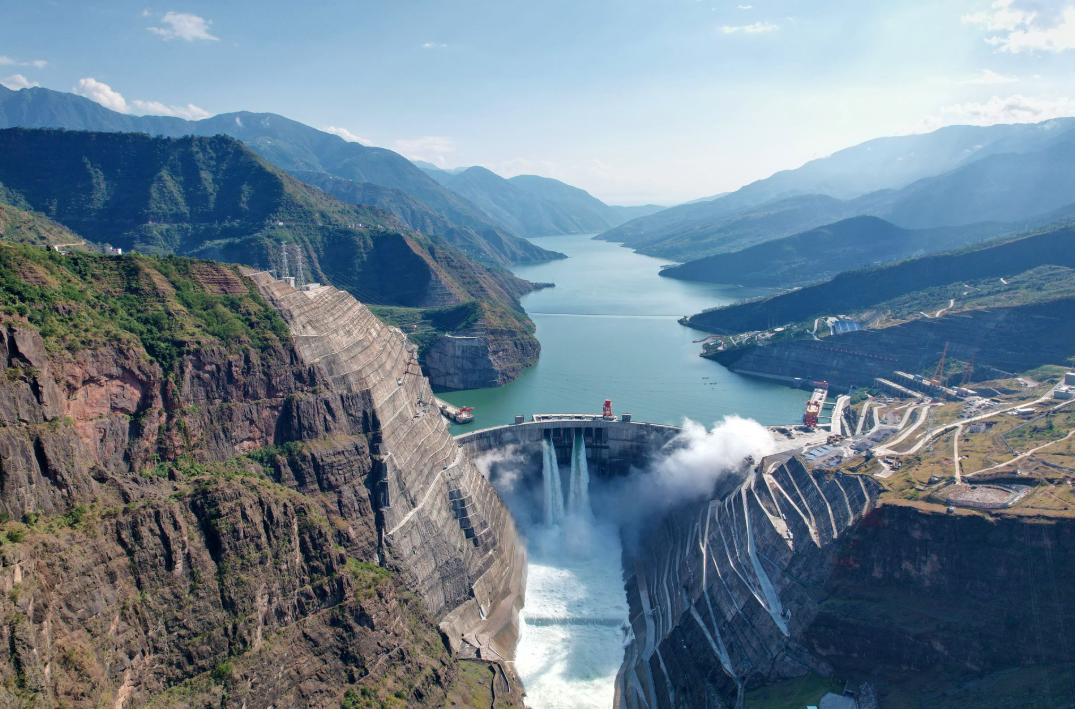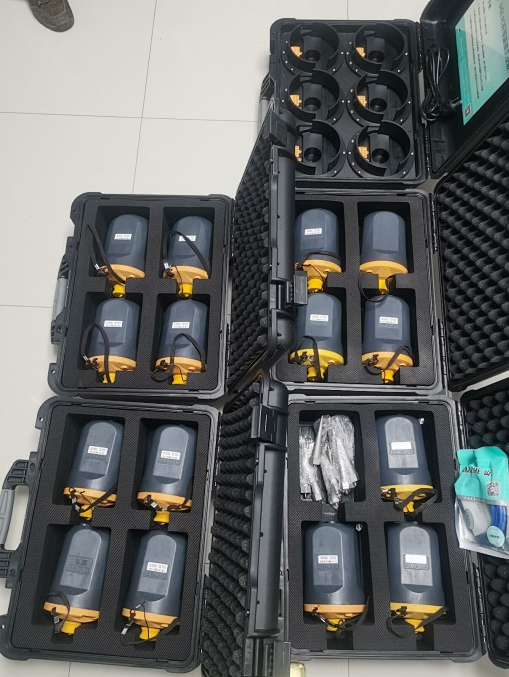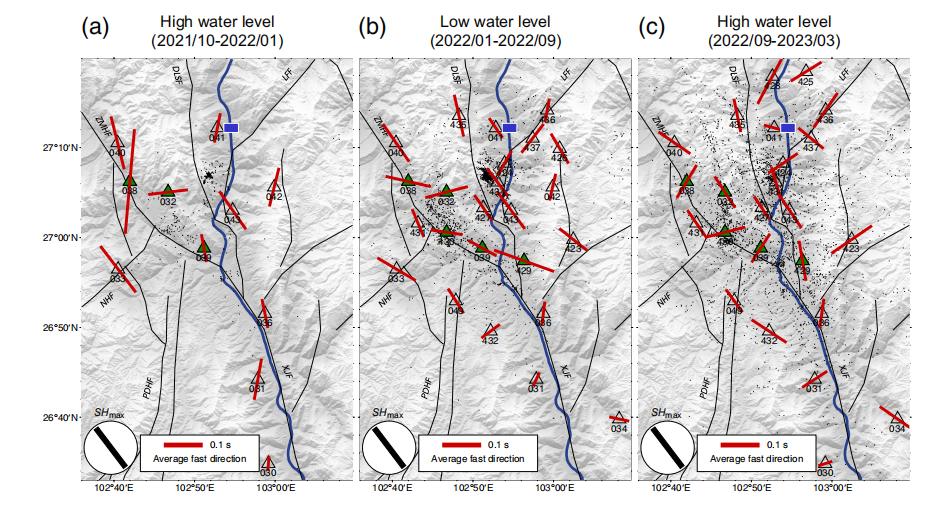UGL-3C Real-time Monitoring of Induced Seismicity in the Baihetan Area
Jun 12,2025

Recently, Professor Li Zefeng's research group from the University of Science and Technology of China published a paper titled "Real-Time Local Shear-Wave Splitting Measurement: Application to the Vicinity of the Baihetan Hydropower Plant" in the international authoritative academic journal *Bulletin of The Seismological Society of America*. This achievement is not only of great significance in the field of seismology, but also highlights once again the key role of the Guowei UGL-3C equipment in seismic monitoring.


The Baihetan Hydropower Plant, located at the border of Sichuan and Yunnan provinces in southwestern China, is the second-largest hydropower plant in the world. The region is characterized by complex geological structures and frequent seismic activity, making the study of seismic activity and crustal stress changes near the Baihetan Hydropower Plant of extremely high scientific value. Researchers from the University of Science and Technology of China have utilized the UGL-3C short-period 4G seismograph from our company to construct an efficient and real-time seismic monitoring system around the hydropower plant. Since its operation began in October 2021, the system has been dedicated to monitoring seismic activity and changes in crustal anisotropy in the area. Based on the data collected by this system, the research team innovatively applied real-time local shear-wave splitting measurement technology to the vicinity of the Baihetan Hydropower Plant, effectively extracting the fast-wave polarization direction of the region. By analyzing the seasonal variations in the fast-wave direction, they revealed the potential connection between the underground stress in this area and factors such as the water storage level of the hydropower plant.

The shear wave splitting data employed in the study is an effective means of revealing crustal anisotropy. When seismic waves propagate through an anisotropic medium, shear waves split into two orthogonally polarized components with different propagation velocities. This phenomenon provides important clues for investigating the crustal velocity structure and stress state. The research team utilized the 4G data transmission function of the UGL-3C equipment to achieve real-time acquisition and transmission of seismic data. The system automatically detects and locates seismic events in the cloud and measures shear wave splitting parameters under preset conditions. The entire process includes waveform preprocessing, signal-to-noise ratio calculation, shear wave splitting measurement, and quality control, ensuring the accuracy and reliability of the data.

The research findings indicate that the fast-wave polarization direction in the vicinity of the Baihetan Hydropower Plant is largely consistent with the direction of the regional maximum horizontal stress and the trends of nearby faults, which aligns with previous observational results. However, during the transition of the Baihetan Hydropower Plant from low to high water levels, several monitoring stations near the Zemu River Fault and Xiaojiang Fault exhibited a nearly 90° flip in the fast-wave direction. Researchers suggest that this phenomenon may be related to changes in pore pressure caused by variations in the reservoir water level. During the reservoir filling process, influenced by gravity, the pore pressure in the subsurface near the reservoir will significantly increase, thereby affecting crustal stress and anisotropic structures. Moreover, researchers also observed varying degrees of increased local seismic activity during high water levels, which may also be associated with the rise in pore pressure due to water level changes. These findings hold significant scientific value for understanding reservoir-induced seismic mechanisms and crustal structural stress changes, and also provide new directions for the development of future seismic monitoring technologies.
*https://doi.org/10.1785/0120240066
BLOG
CONTACT
Tel: 0086-0551-65327898 / 65327899
Fax: 0086-0551-65327899
E-mail: hfgwe@hfgwe.com
Add: 9th Floor, Building A, G3, Phase II, Innovation Industry Park,No. 2800 Innovation Avenue, High-tech Zone, Hefei city,Anhui Province, China

Mobile website
Hefei Guowei Electronics Co., Ltd.
Subscribe Us
We will contact you within one working day. Please pay attention to your email.
CopyRight:Hefei Guowei Electronics Co., Ltd. Powered by 300.cn SEO






